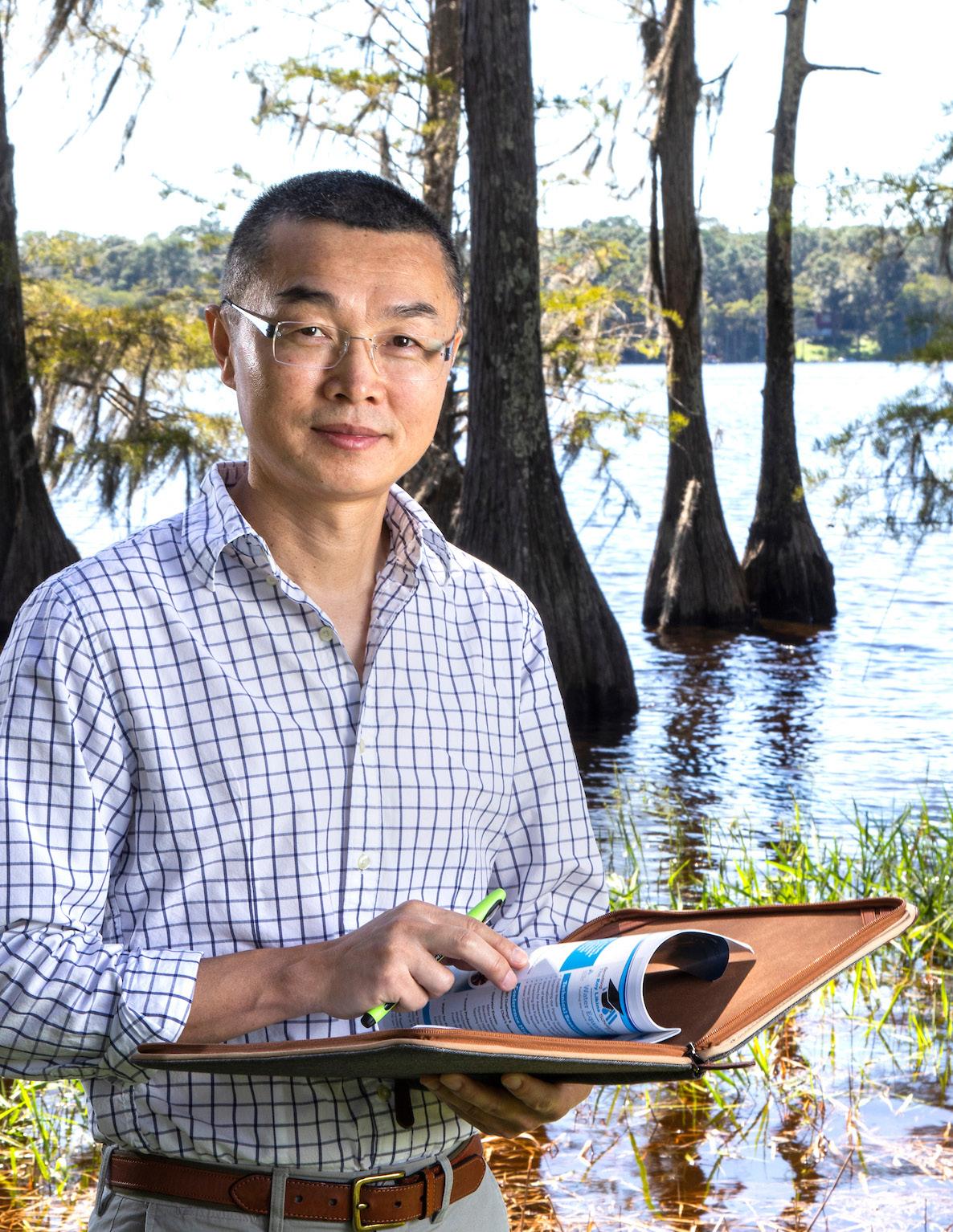
2 minute read
CAPS part of $1.6 million grant from ARPA-E for transformational energy technology
The Center for Advanced Power Systems part of $1.6 million grant from ARPA-E for transformational energy technology
THE CENTER FOR ADVANCED POWER SYSTEMS (CAPS) is part of a $1.6 million grant from the U.S. Department of Energy’s Advanced Research Projects Agency-Energy (ARPA-E). The project is a partnership with lead organization Advanced Conductor Technologies (ACT), as a small business in the superconductor sector. Researchers from CAPS and ACT aim to design power-dense superconducting cables for electric aircraft.
“This funding really speaks to the successful, long-term partnership of CAPS and ACT,” said Sastry Pamidi, chair of the electrical and computer engineering department and associate director of CAPS. “ACT has been a partner with us in more than 10 different projects, totaling over $1 million in research funds for the center’s work.”
In past projects, CAPS researchers have worked with ACT on their superconducting Conductor on Round Core (CORC®) cables for U.S. Navy electric ship technologies. The practical applications of ARPA-E’s funded research focus on superconducting power cables for use in future twin-aisle electric aircraft with distributed electric propulsion.
“Electric aircraft require high power in smaller, lighter packages,” Pamidi explained. “That means we need to make the power cables with a high power density. ACT’s superconducting CORC® cables are perfect for that. Using our experience working on the technology for ships we will now be able to work on cables for electric aircraft.”
The project team includes Pamidi and members of his research staff, Danko van der Laan, president and CEO of Advanced Conductor Technologies and other ACT personnel, and Doan Nguyen, Ph.D., Director of the National High Magnetic Field Laboratory’s Pulsed Field Facility at Los Alamos National Laboratory.
— DANKO VAN DER LAAN, PRESIDENT AND CEO OF ACT
ACT received this competitive award from ARPA-E’s (Topics Informing New Program Area’s) Connecting Aviation By Lighter Electric Systems (CABLES) Topic, for the development of technologies for medium-voltage (>10 kV) power distribution cables with fault current limiting abilities and cable connectors for fully electric aviation applications. “Our goal is to develop superconducting cables that will ultimately be able to deliver power of up to 50 MW to the electric motors of future aircraft, which is the power required during takeoff of large twin-aisle passenger aircraft with 200-300 passengers. The cable technology would ultimately be applied to aircraft that would burn liquid hydrogen, which would also provide the cooling to the superconducting cables, enabling fully carbon-free commercial flights,” according to ACT’s van der Laan.
Professor Sastry Pamidi and Danko van der Laan of Advanced Conductor Technologies (ACT).
Professor Gang Chen











